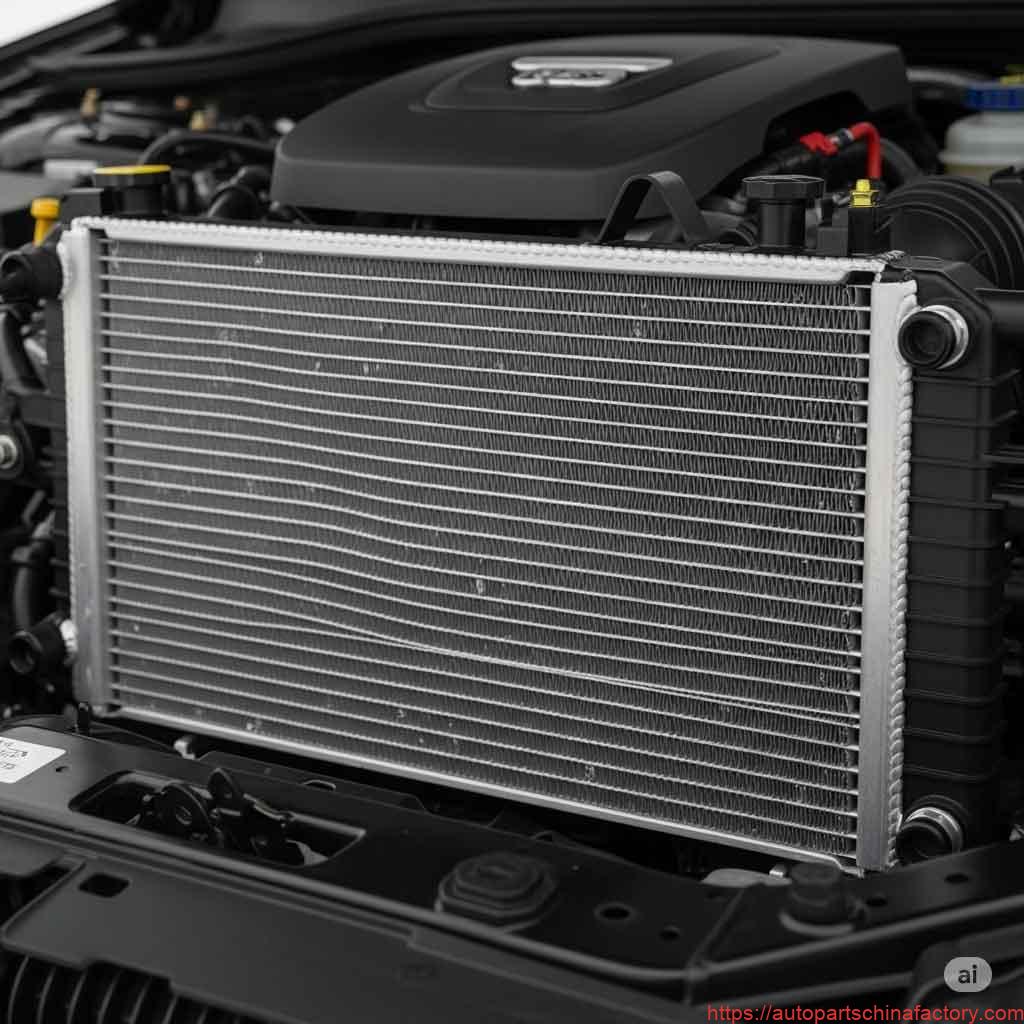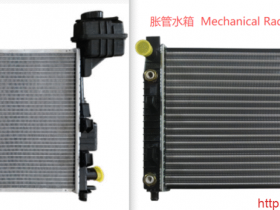- A+
Cuando funciona el motor de su automóvil, genera mucho calor. Si este calor no se disipa en el tiempo, El motor puede sobrecalentar, conducir a problemas de rendimiento o incluso daños graves. This is where the car radiator plays a crucial role – it's the engine's "Guardián refrescante."

How the Radiator Works
The radiator is the core component of your car's cooling system. Funciona a través de un simple principio de intercambio de calor:
- Absorción de calor: Refrigerante (típicamente una mezcla de agua y anticongelante) se bombea a través de canales dentro del motor, absorber el calor generado por el motor.
- Disipación de calor: The heated coolant then flows into the radiator. The radiator consists of many thin, flat tubes and cooling fins. As the car moves, air flows over these fins, carrying away heat from the coolant.
- Circulation: The cooled liquid is then pumped back into the engine, creating a continuous cycle to keep the engine cool.
The Importance of the Radiator
A properly functioning radiator ensures your engine operates within its optimal temperature range, which helps to:
- Improve Fuel Efficiency: Engines run more efficiently at appropriate temperatures.
- Extend Engine Life: Prevents overheating damage to engine components.
- Ensure Driving Safety: Avoids breakdowns or performance degradation due to an overheated engine.
How to Maintain Your Radiator
To ensure your radiator works correctly, you should:
- Regularly check coolant levels: Make sure the coolant is within the normal range.
- Periodically replace coolant: Follow your car manufacturer's recommendations to prevent corrosion and buildup.
- Clean the radiator's exterior: Remove dust, leaves, and other debris from the cooling fins to maintain dissipation efficiency.
- Monitor the dashboard temperature gauge: If the temperature indicator rises abnormally, stop immediately and check.
Understanding and maintaining your car's radiator is a crucial step in ensuring your beloved vehicle runs smoothly!




